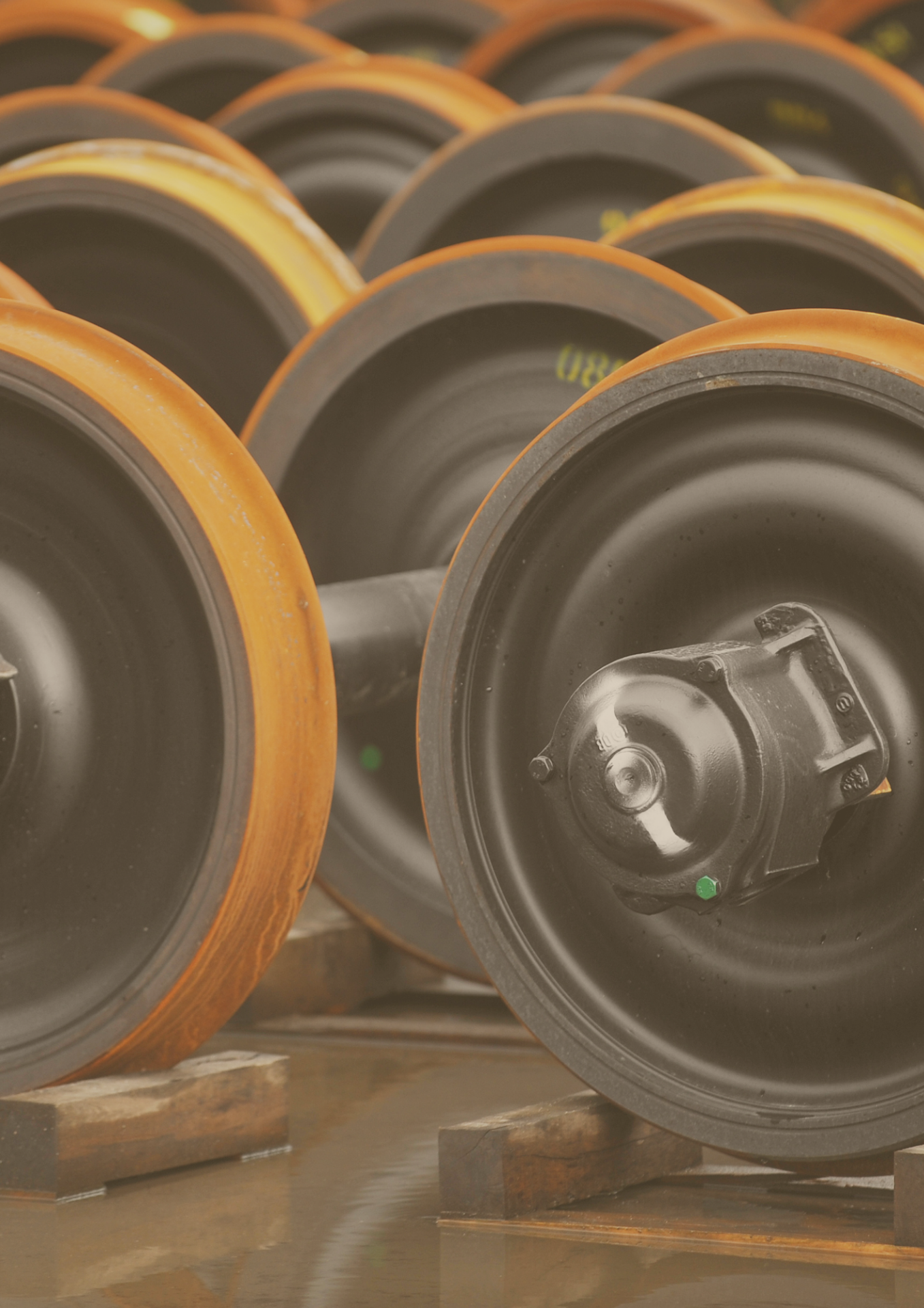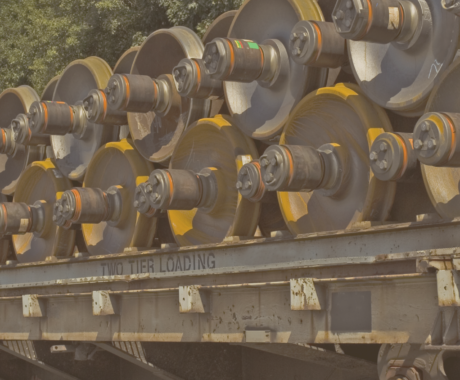One of the most critical concerns in the railway industry is the early identification of flatspots on train wheels. Flatspots are localized areas of wear or damage on a wheel’s tread, resulting in a flat surface that can lead to a rough ride, increased vibration, and, if left unaddressed, costly consequences. Detecting flatspots in their early stages is vital, and Powerail, plays a pivotal role in making this possible.
Understanding flatspots
Flat spots occur when a rail vehicle’s wheelset drags along the rail after the wheel/axle comes to a halt. They are typically the result of emergency brake usage or slip and slide conditions, causing the wheels to lock while the train is still in motion. Although flat spots are more common during slippery autumn and winter conditions, they can also be attributed to faulty brakes or wheelset bearings. When left unattended, flatspots can worsen over time, necessitating costly wheelset replacements and causing operational disruptions.
The importance of early detection
Early identification of flatspots on train wheels is paramount for the following reasons:
Safety. Flatspots can undermine the structural integrity of a wheel, posing a significant safety risk. Early detection and intervention can prevent accidents, derailments, and potential harm to passengers and railway personnel.
Operational efficiency. The presence of flatspots can lead to further damage to tracks and rolling stock. It can also result in service delays, negatively impacting the overall efficiency and reliability of railway operations.
Cost savings. Addressing flatspots at an early stage is far more cost-effective than replacing an entire wheelset or undertaking extensive repairs. Early intervention can save both time and resources.
Powerail’s role in early detection
Powerail, an autonomous wireless vibration and temperature IoT sensor, revolutionizes the process of flatspot detection:
Continuous monitoring. Powerail’s sensors are strategically placed near the bearings, continuously monitoring the condition of the wheels. These sensors collect crucial data on vibrations and temperature changes.
Pattern recognition. Through advanced data analysis, Powerail can identify irregular patterns in the collected data that are indicative of flatspots. Flatspots typically generate high-frequency shocks or peaks, which stand out from the normal wheel vibrations.
Alerts. Upon detecting unusual patterns, Powerail generates real-time alerts, promptly notifying railway operators. These alerts provide operators with the necessary information to take immediate action.
Proactive maintenance
Powerail empowers railway operators to proactively schedule maintenance when flatspots are detected in their early stages. This approach ensures passenger safety, reduces operational disruptions, and significantly cuts down on maintenance expenses. By addressing flatspots proactively, railway companies maintain high safety standards, optimize operational efficiency, and enhance the overall passenger experience.
In essence, Powerail’s innovative technology enables railway operators to detect and address flatspots early, mitigating potentially hazardous and costly issues. It ensures a safer and more efficient railway system, delivering benefits for both operators and passengers alike. With early detection through Powerail, the railway industry remains on track for a safer and smoother journey.



